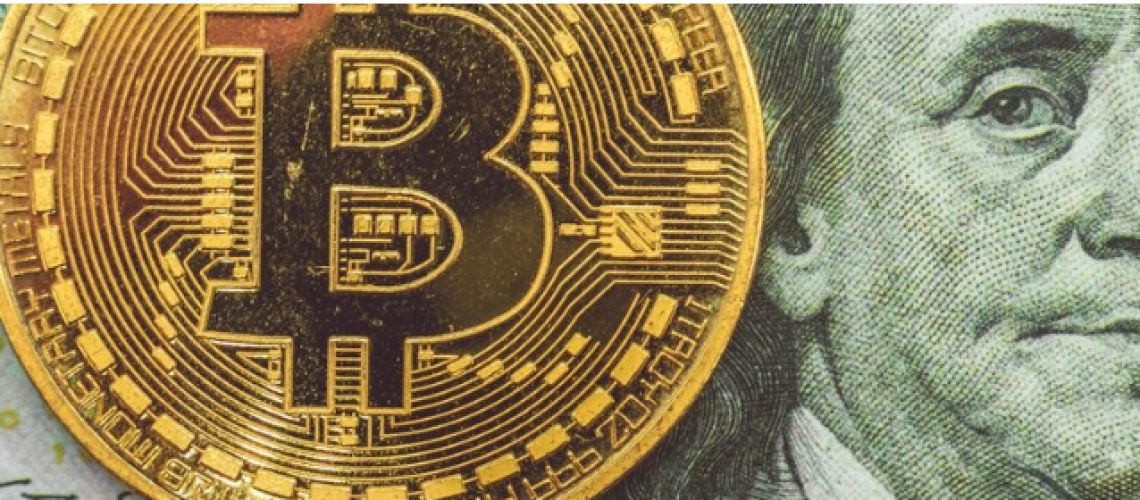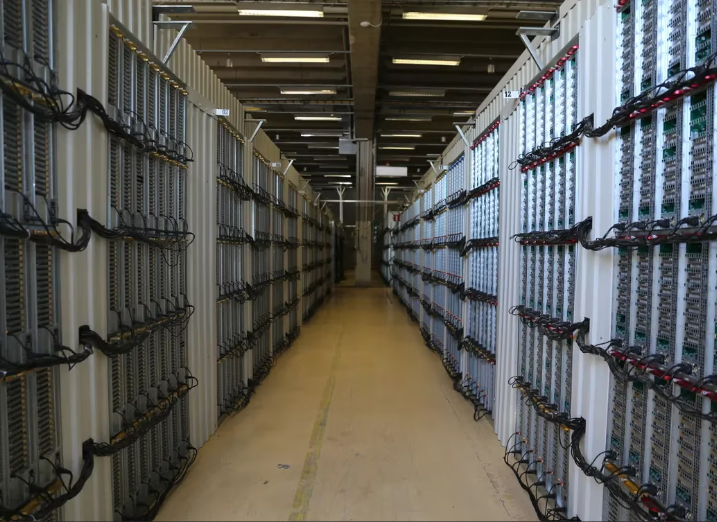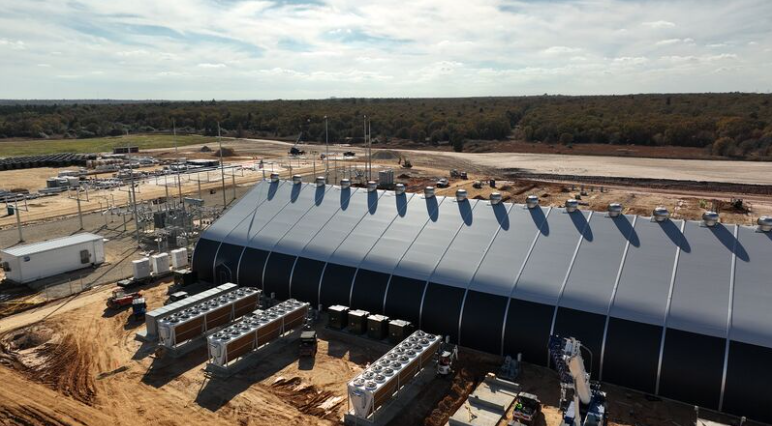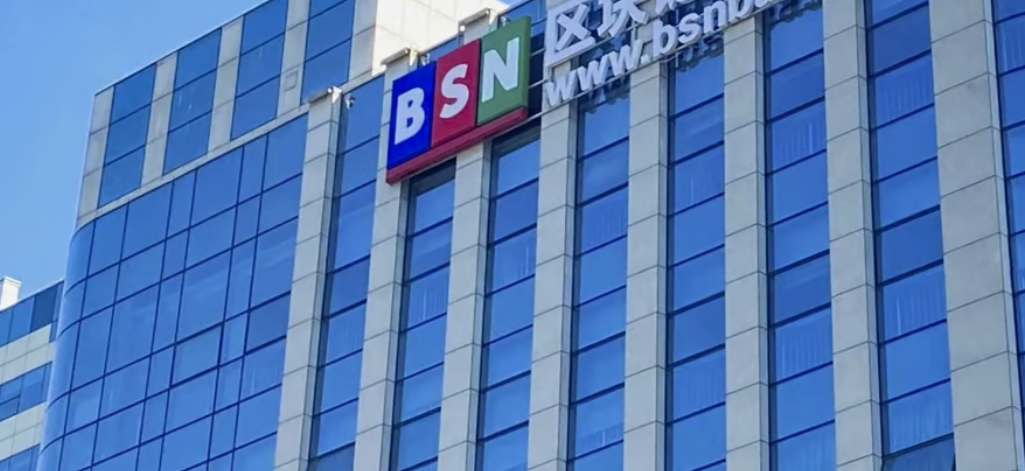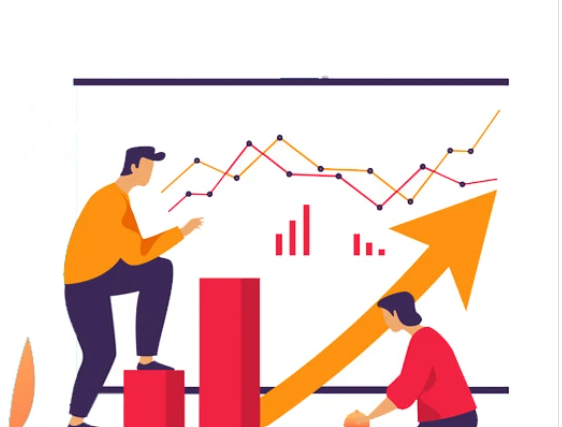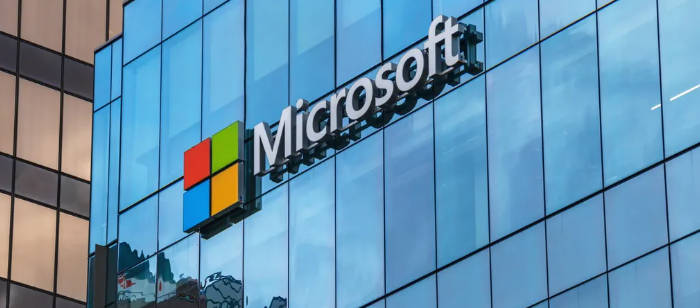Blockchain agriculture enables traceability of information in the food supply chain to improve food safety. Blockchain’s ability to store and manage data creates traceability, which is used to facilitate the development and use of innovations for smart agriculture and index-based agricultural insurance. It is a huge step forward in the world of modern agriculture. But how does it work and how does it make food safer?
What is Blockchain technology?
You’ve likely heard a lot about blockchain technology with the growing popularity of Bitcoin and other cryptocurrencies, but it may be surprising to find it in the agricultural sphere. Traditionally, we have used ICT (information and communication technology) for databases to track data and maintain the flow of information. Blockchain technology is a new way to power these databases. They give rights to all network participants instead of a single server and administrator. New additions to the database can then be accessed and verified by multiple parties, allowing for higher security and less chance of corruption.
It is also more secure than traditional technologies because all parties must reach a consensus to place security blocks in addition to encryption. It becomes extremely difficult to manipulate any system.
How can Blockchain technologies be used?
Blockchain technologies can track all sorts of information about plants, including seed quality, how crops grow, and even create a record of a plant’s journey once it leaves the farm. This data can increase the transparency of supply chains and reduce problems related to illegal and unethical production. They can also make it easier to trace any contamination or other issues back to their source in the event of a recall. The top priority with these technologies is sustainability and food safety.
When consumers have this level of transparency, they can make informed decisions about their purchases. Often they will use this information to reward farmers and growers who employ positive practices.
Blockchain Technology Concerns
There are concerns that blockchain technologies could be misused or abused and end up undermining food security. For example, privately owned blockchains are easier to manipulate and less secure. These blockchains are based on controls set up by private organizations, so it’s easy to see how the wrong people could manipulate them to their advantage. Meanwhile, small farmers who lack the size, technological know-how, and scale to implement blockchain technologies may be left behind.
How should Blockchain technology be handled in the future?
Many issues need to be addressed before blockchain technology can truly be integrated into the agricultural world.
First, the implementation of blockchains must be decentralized to include small farmers and the rural population. Otherwise, food safety will continue to be an issue. Implementation must enable sustainable and equitable food systems so that consumers can make informed choices.
There must be education for those who do not have the digital literacy to initially engage in blockchain technology. This is part of the decentralization of the system. Aging infrastructure and limited digital literacy among the world’s poor may limit who can participate.
Finally, blockchain technology needs to be integrated into broader food security strategies to ensure that it is compatible with critical social and environmental values to address these food insecurity issues among diverse groups.
The most important aspect is that these innovations are implemented equitably so that all stakeholders can benefit from their value.

